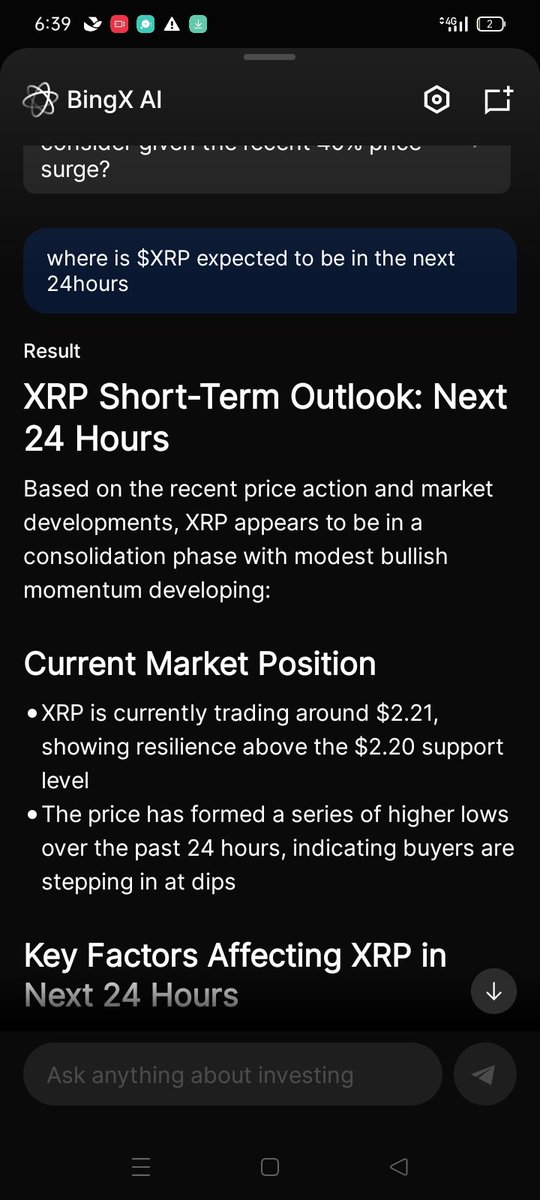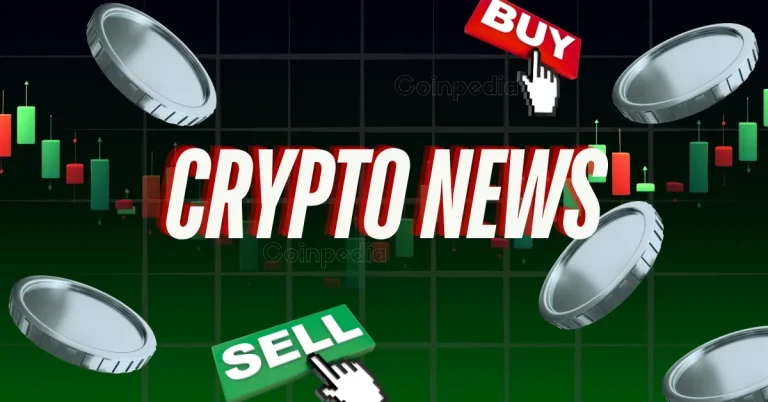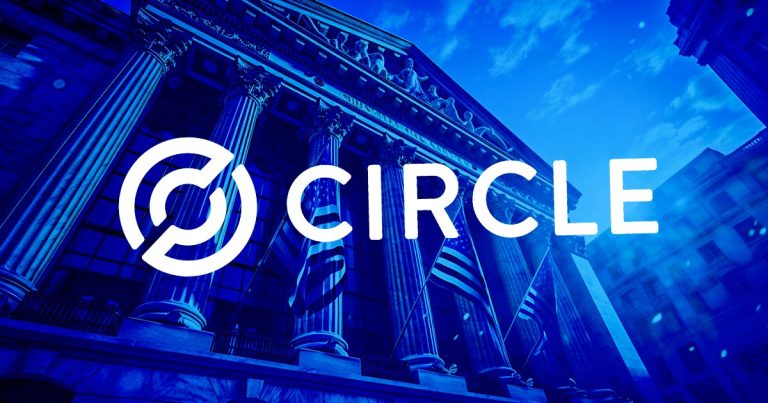
The cryptocurrency market is known for its volatility, and recent developments surrounding XRP have highlighted this characteristic. Despite Coinbase’s filing with the Commodity Futures Trading Commission (CFTC) to launch XRP futures contracts, the price of XRP has experienced a decline. This situation underscores the complex interplay between regulatory actions, market sentiment, and the intrinsic value of digital assets.
The recent filing by Coinbase Institutional with the CFTC to list XRP futures contracts is a significant move in the cryptocurrency space. This initiative is part of Coinbase’s broader strategy to expand its derivatives market and provide more trading options for institutional investors. The XRP futures contract, expected to go live on April 21, will track the price of XRP and be settled in a manner that reflects its market value. This development is crucial for XRP’s broader market acceptance, particularly in regulated environments where futures contracts can provide risk management tools for traders and investors.
However, the market’s reaction to this news has been somewhat bearish. As of April 4, data from CoinGlass indicates that XRP funding rates on major derivatives exchanges remain negative. This negative funding rate is a cautionary indicator, suggesting that the market sentiment for XRP is currently bearish. Despite the potential benefits of futures contracts, such as hedging and speculative opportunities, the negative funding rates imply that traders are more inclined to short XRP rather than go long. This bearish sentiment is further supported by the recent market decline, which has seen XRP depreciate by 2% over the previous day. The marketplace correction has put additional pressure on XRP, contributing to its price decline.
The bearish sentiment surrounding XRP can be attributed to several factors. One significant factor is the ongoing regulatory uncertainty. While the CFTC’s involvement in approving futures contracts is a step towards regulatory clarity, the broader regulatory environment for cryptocurrencies remains uncertain. The Securities and Exchange Commission (SEC) has been actively pursuing legal actions against various cryptocurrency projects, and this regulatory scrutiny can dampen market enthusiasm. Additionally, the technical resistance zones identified in the market can act as psychological barriers, preventing price appreciation despite positive news.
Another factor contributing to the bearish sentiment is the broader market conditions. The cryptocurrency market has been experiencing a correction, with many digital assets facing depreciation. This market-wide correction can have a ripple effect, impacting individual cryptocurrencies like XRP. Investors may be more risk-averse during such periods, leading to a decrease in demand and subsequent price declines. Furthermore, the negative funding rates on derivatives exchanges indicate that traders are more inclined to bet against XRP, further exacerbating the price decline.
The recent dismissal of the SEC lawsuit against Ripple, the company behind XRP, had initially driven the price of XRP up by 12% to $2.53. This price surge was attributed to improved regulatory clarity and a more favorable legal environment for XRP. However, the subsequent market correction and bearish sentiment have overshadowed these positive developments. The technical resistance zone around the $2.53 price level also acted as a barrier, preventing further price appreciation.
In conclusion, the recent decline in XRP’s price despite Coinbase’s filing with the CFTC to launch XRP futures contracts highlights the complex dynamics at play in the cryptocurrency market. While regulatory developments and market sentiment are crucial factors, broader market conditions and technical resistance levels also significantly impact price movements. As the market continues to evolve, investors and traders will need to navigate these complexities to make informed decisions. The upcoming launch of XRP futures contracts by Coinbase could potentially provide new opportunities for risk management and speculation, but the current bearish sentiment and negative funding rates suggest a cautious approach is warranted.







